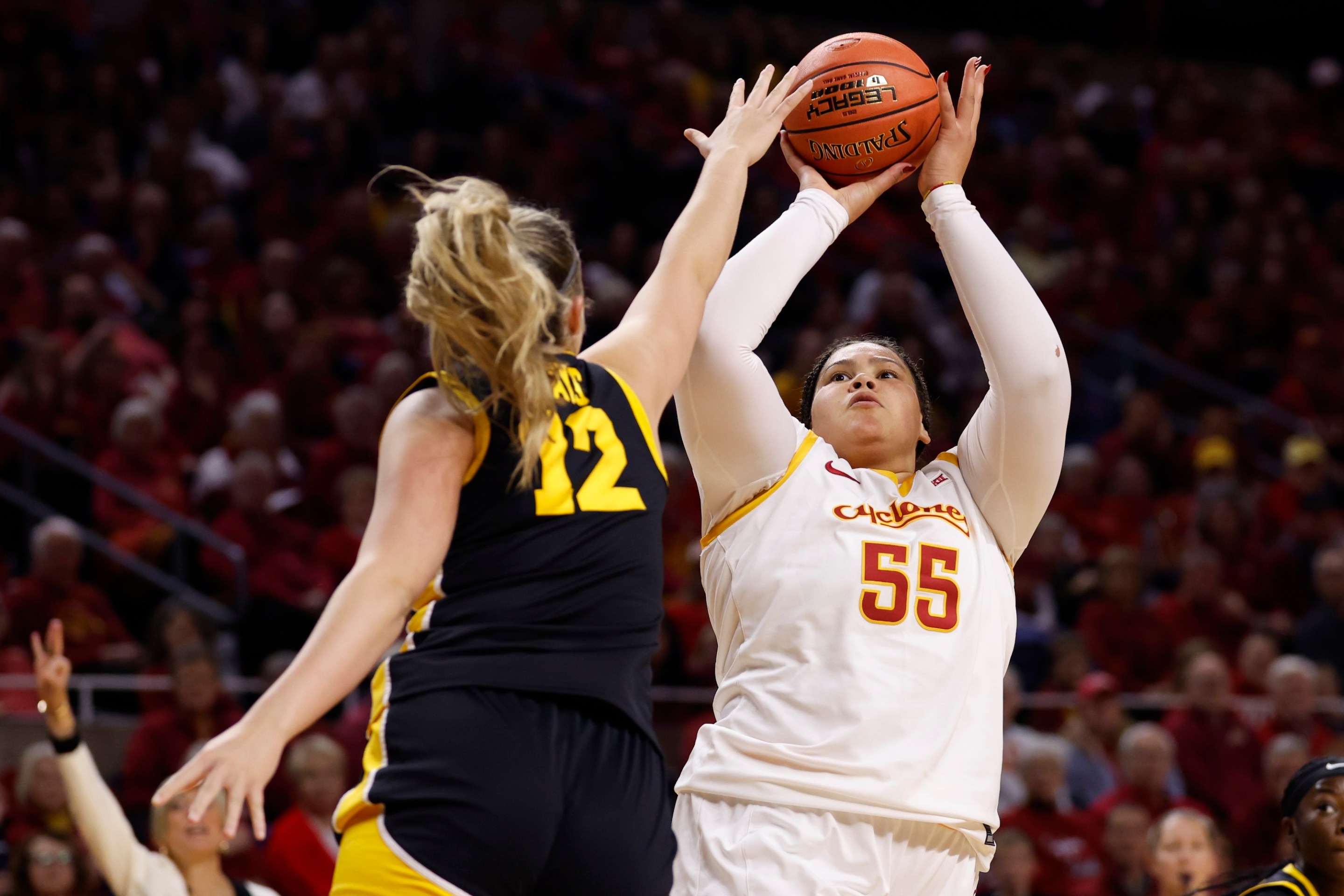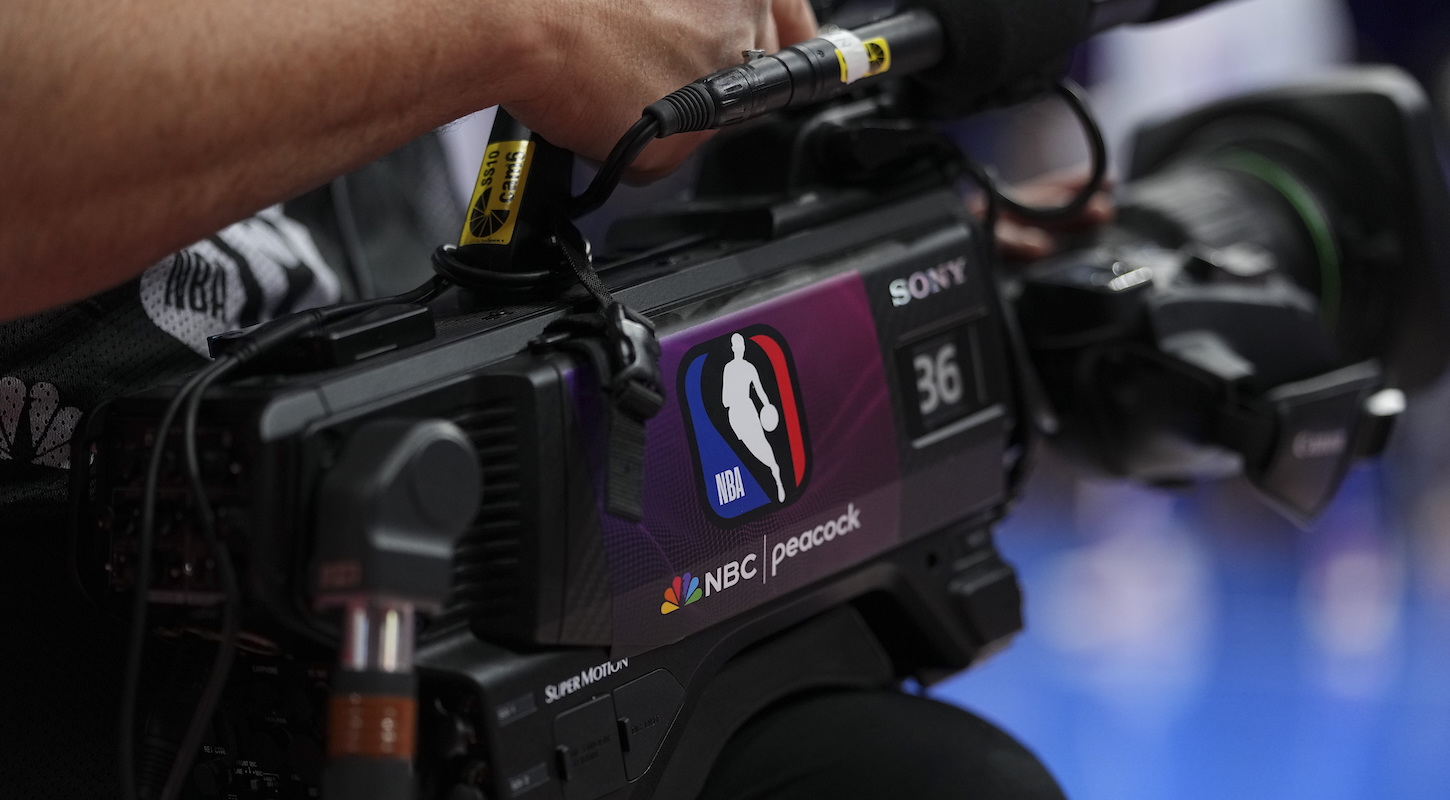Every month, it seems, a new paper comes out declaring that microplastics have invaded another realm of our body: They're in our hearts, our livers, our kidneys, our lungs, our intestines, our testicles, our placentas, our breast milk, our blood, and our brains.
This slow suffusion should come as no surprise. Knowingly, we wear plastics, we drive in them, we unwrap them, and we smear them on our faces. Unknowingly, we eat plastics, drink them, breathe them in. We live our lives surrounded by plastics both macro and micro—meaning a shard narrower than 5 millimeters across. There is also the even subtler, more elusive risk of nanoplastics—a flake narrower than 1 micrometer. Just as plastics degrade into microplastics, microplastics degrade into nanoplastics, and all of this plastic refuse becomes less like an object and more like an atmosphere.
Last week, a paper in Nature Medicine found that our brains contain more microplastics than they did eight years ago. The researchers measured the micro- and nanoplastics in samples from the brains of 91 people who died as long ago as 1997. The researchers found that over the last eight years, the median concentration of these tiny plastics rose by about 50 percent, to 4,917 micrograms per gram of brain tissue. Scaled up to an entire brain, this estimate would mean each person had almost a cumulative 7 grams of micro- and nanoplastics in their brain. If you need help visualizing, the authors offered a handy comparison: A plastic spoon you'd get with a takeout meal is about 5 grams, so we all have at least a plastic spoon's worth of plastic in our brain.
This paper made headlines not necessarily for its unsurprising findings—that we have more plastic in our brain than ever before—but for the image of the spoon. "Human brain samples contain an entire spoon's worth of nanoplastics," declared CNN. An entire spoon, you say? How handy! If my brain is going to be teeming with billions or trillions of nanoplastics, the least they could do is conveniently assemble themselves into a spoon that I can use when I am on the go and spoonless. I can't be the only person who has purchased a little cup of yogurt from a bodega and walked to a park only to realize I have no means with which to eat said yogurt, relegating myself to shaping the foil lid into a vaguely shovel-like tool that I use to scoop the 'gurt into my mouth.
Let me now present to you what I see as one of the most important questions raised by this paper: If I had a spoon in my brain, how would I use it? (The other important question—would I have had these thoughts, and pitched this blog to my editor, if my brain were plastic-free?—is not one we have time to consider, let alone answer today.) Here is what I would eat with my brainspoon.
- Yogurt, obviously
- Cereals
- Soft serve (this would drastically change the temperature of the spoon, but I would allow it to warm up again before putting it back in my brain)
- Jellies
- Puddings
- Porridges
- Flans and other custards
- The rice kheer from my local Indian restaurant before they changed management
- Cottage cheese (a very distinct textural experience from yogurt and thusly warranting its own spot on the list)
- Papaya
- Acai bowls
- Nutella
- Peanut butter
- Pavlova
- Cold dips of various kinds
- Applesauce
- Small grains such as quinoa
- Silken tofu
- Tiramisu
- My brain—hear me out! Obviously not a great choice if you have an abundance of other food. But if you were starving, like close-to-death hungry, and you had just one spoon, wouldn't you want to find out? Aren't you just a bit curious? Human brains are allegedly creamy—better to be slurped than chewed. Besides, what if I could eat the part of my brain that is responsible for my hypochondria? I'm just saying, this could revolutionize therapy.
- Gazpacho







